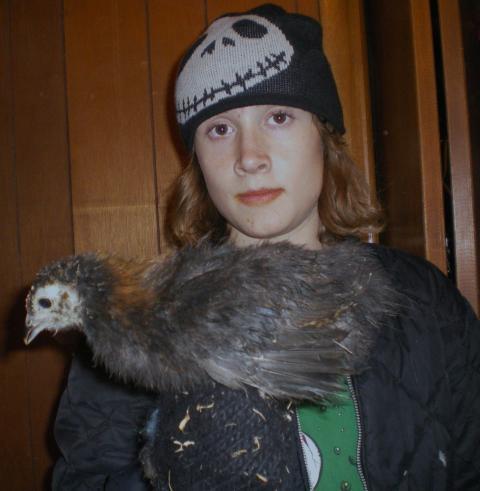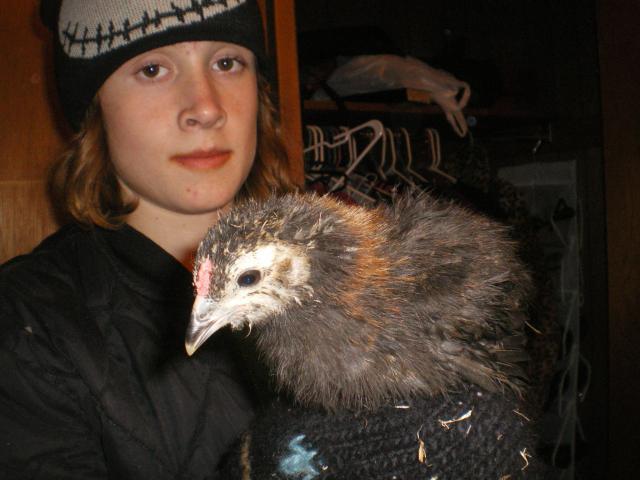- Dec 27, 2007
- 401
- 5
- 131
Quote:
Are you referring to the Mapuche or the Mapuche Huestec?
What basis is there to say they have Silkie background?
From: Kermit (Sat Aug 23 15:04:57 2008)
These Snow Nikkei fowl are the common fowl of the Japanese Nikkei communities of Peru.
http://www.latinamericalinks.com/japanese_in_Peru.htm
They are the descendants of Jitokko chickens brought from Japan in the late 1800's that were bred together with Quetero and Mapuche/Quechua chickens.
Later, in the 1920's Japanese Silky Chickens were brought to Peru and certainly their genes are interspersed as well but the majority of the snowy Nikkei are basically Jittoko Mapuche crosses. Indeed, the Crested Mapuche most likely accrued its crest from the Jittoko as well.
From: ksalguy (Sat Sep 6 21:27:00 2008)
what color egg do these birds lay? also is it true that adding Silkie blood to Aracannas will intensify the blue egg color?
From: zbukdbsphu (Sat Jul 30 23:23:33 2011)
G2b4nK dylwzzkadgbm, wexwlhiiuqvy, [link=[URL]http://sdutckarlyuk.com/]sdutckarlyuk[/link[/URL]], http://txkrvqxfdbme.com/
Are you referring to the Mapuche or the Mapuche Huestec?
What basis is there to say they have Silkie background?
From: Kermit (Sat Aug 23 15:04:57 2008)
These Snow Nikkei fowl are the common fowl of the Japanese Nikkei communities of Peru.
http://www.latinamericalinks.com/japanese_in_Peru.htm
They are the descendants of Jitokko chickens brought from Japan in the late 1800's that were bred together with Quetero and Mapuche/Quechua chickens.
Later, in the 1920's Japanese Silky Chickens were brought to Peru and certainly their genes are interspersed as well but the majority of the snowy Nikkei are basically Jittoko Mapuche crosses. Indeed, the Crested Mapuche most likely accrued its crest from the Jittoko as well.
From: ksalguy (Sat Sep 6 21:27:00 2008)
what color egg do these birds lay? also is it true that adding Silkie blood to Aracannas will intensify the blue egg color?
From: zbukdbsphu (Sat Jul 30 23:23:33 2011)
G2b4nK dylwzzkadgbm, wexwlhiiuqvy, [link=[URL]http://sdutckarlyuk.com/]sdutckarlyuk[/link[/URL]], http://txkrvqxfdbme.com/




